Car Design News:
Okay, Chris, so what are you drawing for us?
Chris Bangle: I’m drawing the three ages of car design. So the first one is started as houses. They’re like little wooden houses, you know, and they had a porch, steps, and they had a roof. And here’s a little garden gnome out here. So if you take that wood, you kind of clean it up a little bit, the next thing you know, you’ve basically got the whole first age of cars.
CDN: Okay.
CB: The second age is the age I call the age of cars. This is much more about the fluid dynamic of vehicles. We’re talking about how they were basically built like ships, like a yacht.
CDN: Why was that?
CB: There was the fluid dynamics and all that kind of stuff, but also because they moved to pressed steel. With pressed steel, you can do sculpture. So it was no longer about a house, it’s about something moving. We start with a symmetrical hull and then add some sculpture. In the end, you have basically all the cars from the 1930s on up, which are basically these ships hulls with some sculpture on them. Even if you take something like a 1950s rocket car, they’re still just a big ship’s hull with fins.
CDN: Right.
CB: The age of cars ran from the 1930s, until basically 1960, when the whole idea of the future kind of collapsed and people wanted more rational products, and the way of making cars changed. The thing that decides the ages of the cars is one, how you make it physically – wood, pressed steel – and two, what it means to people.
The third age was when all that kind of collapsed and people wanted rationality and making cars became more of an XYZ thing. So the model then stopped being a ship or a house, and it started being a fridge. And if you take a fridge and add a front end on it, you basically get all the cars you need. That’s the third age of the automobile.
CDN: Do you have an idea of a fourth age yet, Chris?
CB: Oh sure I do… You’ll have to read my book!

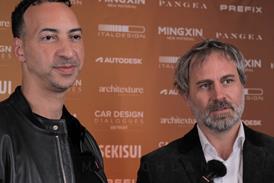

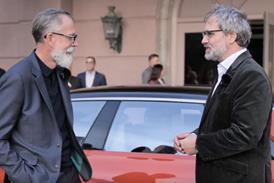
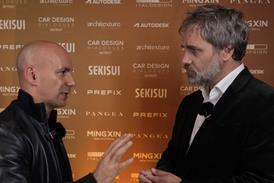

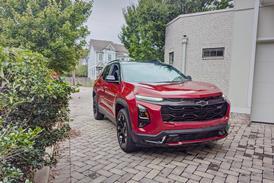



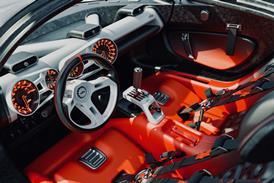



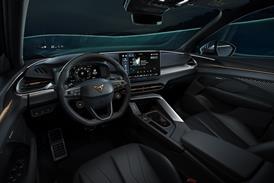
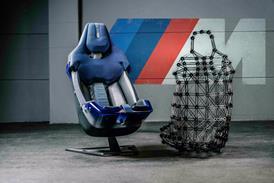


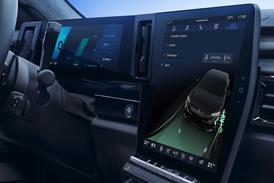
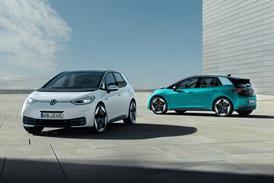

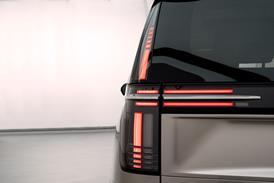
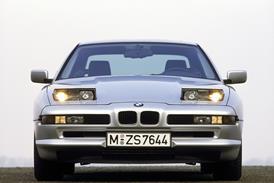







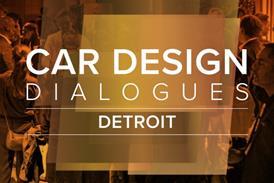




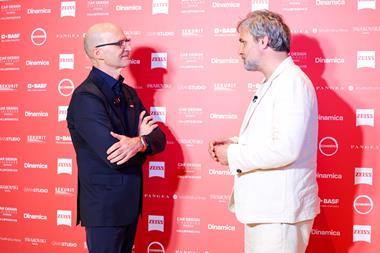
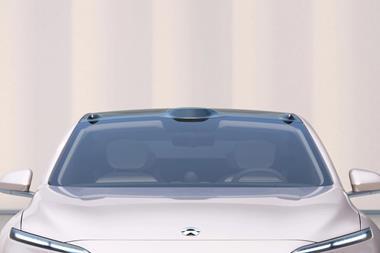

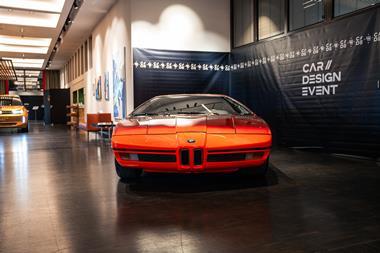
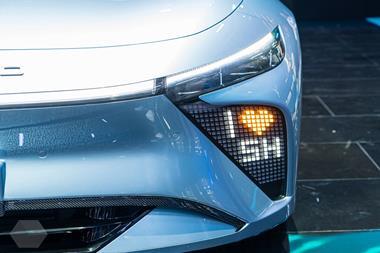

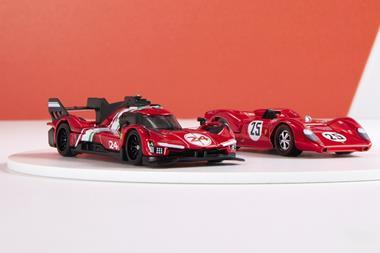



No comments yet